Plastics play an essential role in the food processing and packaging industry. Although different types of plastics are used in various ways in the food industry, not all plastics are suitable for contact with foods and other consumables.
This article will explore the definition of food grade plastic and its shared features. As well as the common uses and different types of plastics safe for food.
What is Food Grade Plastic
Not all plastics are food grade. For plastic to be approved as a food safe plastic, it must be approved by regulatory bodies like the FDA and the European Food Safety Authority. It is essential to know what food grade plastic is and some of its shared features.
The Definition of Food Grade Plastic
Food grade plastic refers to a type of plastic that is safe and suitable for use in the food packaging and storage industry. It is made from non-toxic, odorless materials and does not contain harmful chemicals or substances that can contaminate food products.
To be considered food grade, plastic must meet specific regulatory requirements and standards set by organizations such as the FDA and the European Food Safety Authority. These standards include factors such as purity, composition, and quality.
Shared Features of Food Safe Plastic
Food grade plastic materials have several features in common that make them safe for use in food contact applications.
Excellent Wear Resistance
Food processing can involve a series of rigorous processes that the plastic must withstand. Food grade plastic materials must have excellent wear resistance to withstand the wear and tear that occurs during food processing and handling. These materials are designed to resist cracking, breaking, and chipping, which can cause food contamination.
Be Chemically Safe
Food grade plastic materials must be chemically safe and not release harmful chemicals into food. Plastics safe for food must be resistant to acidic and alkaline substances, oils, and fats that are present in food. They must also be free from heavy metals, BPA, and other harmful chemicals that can migrate into food.
High Strength and Flexural Modulus
Plastic for food packaging must have high strength and flexural modulus to withstand the pressure and stress that occurs during food processing and handling.
Common Uses of Food-Grade Plastic
Food grade plastics have various applications in different industries. Now let’s explore some common uses of food-grade plastic in different industries.
Food Storage
One of the most common uses of food safe plastic is for food storage. Plastic containers made of food-grade material are popular for storing food items, such as fruits, vegetables, and leftovers, in the refrigerator or freezer. These containers are available in different sizes and shapes, and some even come with airtight lids to keep the food fresh for longer.
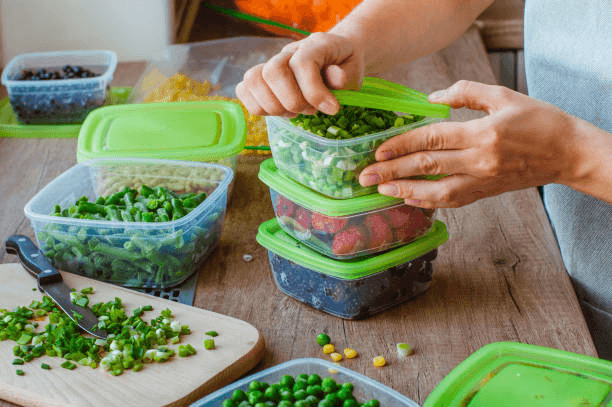
Storing of Beverage
Food-grade plastic is also widely used for storing beverages. Plastic water bottles, juice bottles, and milk bottles made of food-grade material are popular among consumers. These bottles are lightweight, easy to handle, and come with a tight-fitting cap to prevent leakage.
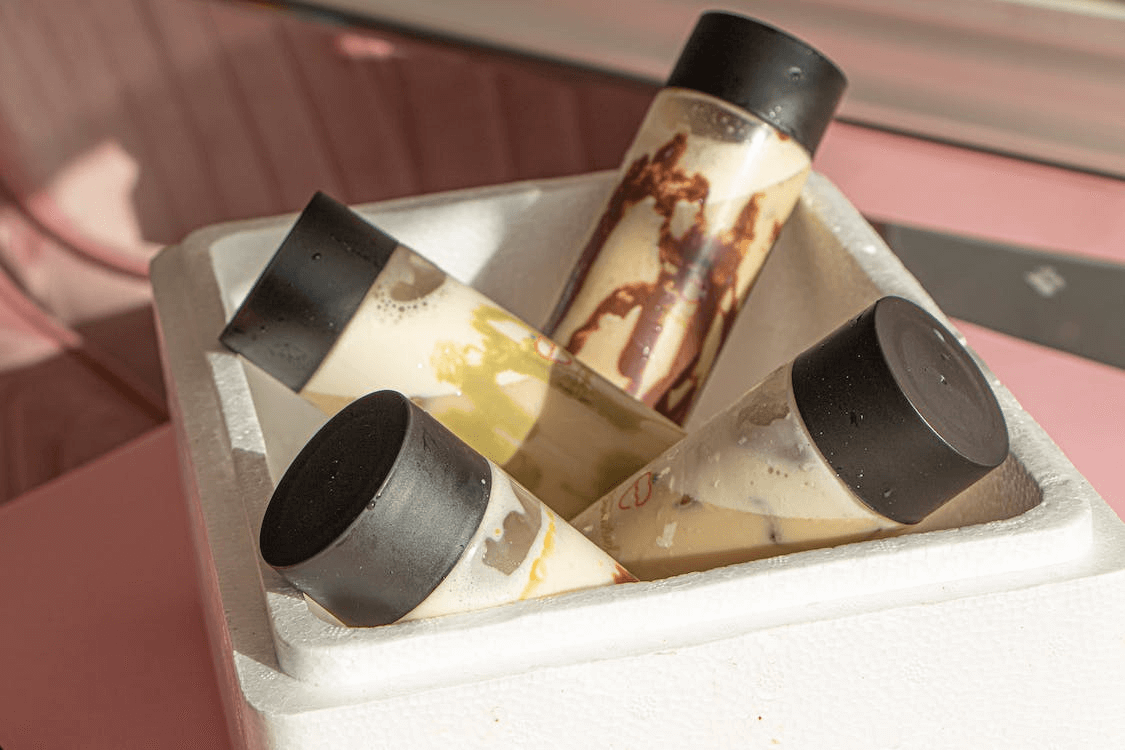
Medication Bottles
Another important use of food-grade plastic is for medication bottles. Many over-the-counter and prescription medications come in plastic bottles made of food-grade material. These bottles are designed to keep the medicine safe, secure, and easy to handle.
Field Crops Storage
Food-grade plastic is also used in agriculture for storing field crops. Farmers use large plastic bags made of food-grade material to store and transport crops such as grain, beans, nuts, and vegetables. These bags protect crops from moisture, pests, and other environmental factors that can cause spoilage.
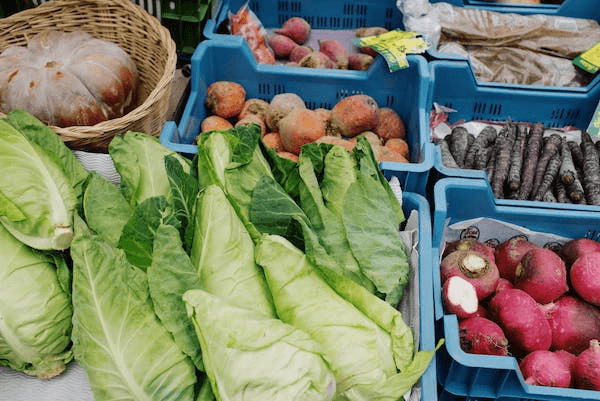
Pet Products
Plastics safe for food are also used in the manufacturing of pet products. Plastic pet bowls, water dispensers, and food containers are commonly made of food-grade plastic. These products are designed to be safe for pets to use, durable, and easy to clean.
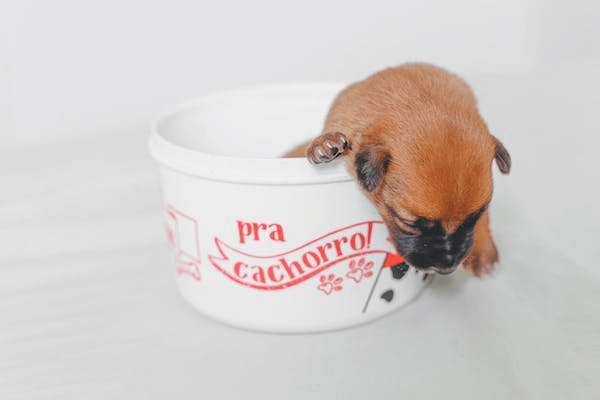
5 Types of Plastic for Food Packaging
When it comes to food packaging, choosing the right type of plastic is essential to ensure the safety and quality of the food product. This article will discuss five common types of plastic for food packaging, their advantages, and their applications.
PET (Polyethylene Terephthalate)
PET, also known as Polyethylene Terephthalate, is a type of plastic commonly used in food packaging production. PET is a lightweight and durable material. It is an excellent choice for transparent packaging because of its clarity. PET is commonly used to make clear plastic bottles for water, soda, juice, and food containers, such as salad containers and trays.
One of the main advantages of PET is its safety for food contact. It is approved by regulatory agencies worldwide for use in food packaging and is considered a food-grade plastic. PET is also recyclable, making it an environmentally friendly option for food packaging.
HDPE (High-Density Polyethylene)
HDPE, are popular plastic in food packaging. They are made from lightweight, strong materials that can easily be molded into different shapes and sizes. This makes it ideal for a range of packaging applications. HDPE is commonly used in the production of milk jugs, juice bottles, and cereal box liners, as well as grocery bags and other types of food packaging.
One of the primary advantages of HDPE is its moisture resistance, which makes it an excellent choice for packaging food products that need to be kept dry, such as cereal, pasta, and dry pet food.
PVC (Polyvinyl Chloride)
PVC, or Polyvinyl Chloride, is commonly used in the food industry to package consumable foods. PVC’s lightweight and ease of molding into different shapes and sizes make it a suitable choice for various packaging applications for different brands.
PVC has the advantage of forming a barrier against gases, including oxygen, which can help extend food products’ shelf life. When used to package foods, they provide airtight packaging that prevents oxidation and other chemical activities from taking place. PVC is also resistant to moisture, making it a good choice for packaging products that need to be kept dry, such as snacks and dried fruits.
LDPE (Low-Density Polyethylene)
LDPE is a flexible plastic that is useful in the food industry. It is commonly used to make food bags, such as bread bags and produce bags. LDPE is also used to make squeeze bottles and lids for condiments. It is safe for food contact and provides an excellent barrier against moisture and air.
PP (Polypropylene)
Polypropylene is a lightweight and durable material that has a high melting point. This makes it an excellent choice for food products that require high-temperature processing. PP is commonly used to make food containers, such as microwave-safe takeout containers and yogurt cups. It also makes food packaging films, such as snack bags and candy wrappers.
Methods for Recycling Food Grade Plastic
This section will explore two common methods for recycling food-grade plastic: mechanical and chemical recycling.
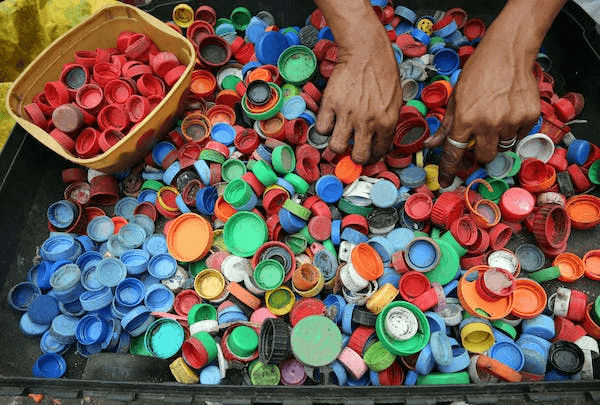
Mechanical Recycling (Traditional Recycling)
Mechanical recycling also known as traditional recycling involves collecting and sorting plastic waste, cleaning and shredding it, and then melting it down to create new products. Mechanical recycling is a cost-effective process for recycling plastic. It can be used to recycle a wide range of plastics, including food-grade plastic, and the resulting products can be of high quality.
However, mechanical recycling has some limitations. For example, some types of plastic may be difficult to recycle due to their composition, and the quality of the resulting product may be affected by the recycling process. Also, mechanical recycling can only be done a limited number of times before the plastic degrades and becomes unsuitable for further use.
Chemical Recycling
Chemical recycling is a method for recycling food-safe plastics. It involves breaking down the plastic at a molecular level using chemical processes. Unlike mechanical recycling, which involves melting and reshaping plastic waste into new products, chemical recycling allows for the creation of new chemicals and materials from the plastic.
The process involves breaking down the plastic into its component parts, such as monomers or other chemicals, which can then be used to create new products. These products can include fuels, chemicals, and even new types of plastic.
Want to Custom Plastics in Food Packaging? FOW Mould Can Help You!
If you are looking for a company to help you create custom plastics for food packaging, FOW Mould is here to assist you. With years of experience and a commitment to quality, FOW Mould is a trusted partner for those looking to create custom food-safe plastic for food packaging.
Only Use High-Quality Metal Steel
High-quality metal steel is vital when it comes to mold making. They help produce a high-quality mold. FOW Mould only uses high-quality metal steel for injection molds and qualified resin for plastic parts to ensure the best possible plastics in food packaging.
Capable of Providing Precise Molds With Minimal Error
FOW Mould is capable of providing precise molds with minimal error. This is particularly important in the food packaging industry, where accuracy is crucial to ensure the safety of the products being packaged. FOW Mould can offer an accuracy range of 0.005mm for all molds and well-made injection molded parts.
Conclusion
Food-grade plastic is a vital component of the food packaging and storage industry. It is essential to choose the right type of food-safe plastic for the specific application to maintain the integrity and safety of the food products being packaged or stored.
If you’re looking for high-quality food-grade plastic packaging solutions, FOW Mould can help. We can meet your food packaging need in the best way possible using the finest product. Contact us today to learn more about their services.
